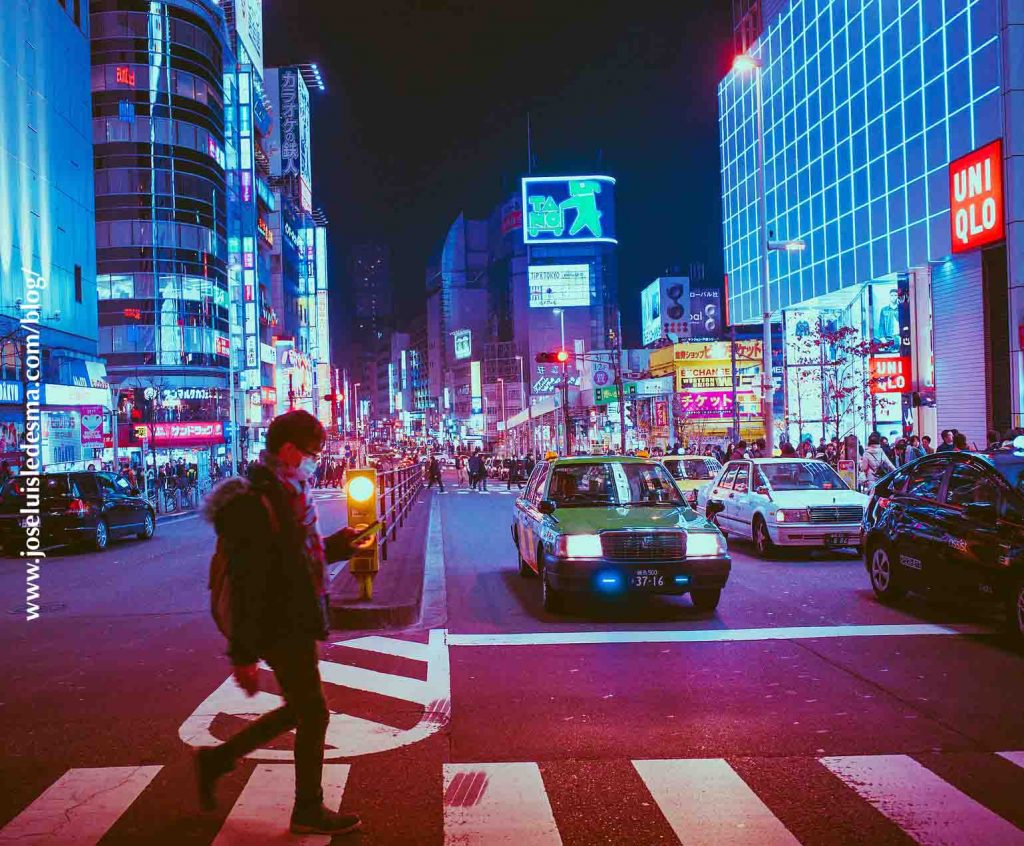Cybersecurity and Retail

As we are in the middle of a digital revolution, the infrastructure of companies, organizations, and institutions in the world are at full swing in order to achieve efficient connectivity and develop their digital platforms without losing market share.
The issue is clear, those companies, organizations and even state agencies how doesn’t build a truly and efficient digital platform are going to be left out from the global communication system.
One risk that must be taken into consideration is the lack of cybersecurity will endanger the investment and profit of the digital companies.
Types of cybersecurity threats
We can find cases of:
- Ransomware: a type of malicious software. It is designed to demand money by blocking access to files or the computer system until a ransom is paid.
- Malware: Malware is a type of software designed to gain unauthorized access or damage a computer. There are different types of malware, and they are often spread through an unsolicited email attachment or legitimate-looking download.
- Phishing: the practice of sending fraudulent emails that look like from reputable sources. The goal is to steal sensitive data, such as credit card numbers and login information.
The fashion industry no longer only has the challenge of balance in the development of online and offline sales, but also the cybersecurity of its users and customers.

On the Internet, both companies and individuals are exposed to many dangers that may cause considerable damage. For this reason, the issue of cybersecurity is now more important than ever and not only refers to Internet security, but also to other aspects and sectors of information and communication technologies.
From the logistics process to the production process, the fashion industry is, without a doubt, one of the industries that has accelerated the digitization process the most.
Companies in the fashion industry must have efficient and effective cybersecurity packages in order to protect themselves and its clients.
There are several examples of companies in the retail sector that have successfully developed their digital sector without giving up on enhancing their physical stores:
- Zara: one of the leaders in digital transformation in retail. The company already has, barcodes on the articles that you can scan to find out where the size of the item you are looking for is, whether in that store or in any, or even to buy it online. In addition, the employees carry a smart device that sends them messages about what items need to be restocked. This allows to save time and improve customer service. All the garments in Zara carry an electronic tag with RFid radio frequency (installed in the alarm), which are loaded with data from the central in Arteixo and in this way they can know the inventory in real time.
- Mango, like other companies, has opted for the installation of digital mirror. It consists of a touch screen installed in the mirror of the changing rooms and works by scanning the barcode of the products; it allows you to consult information about the garments and to contact the store staff making requests without having to leave the changing room. It is worth to mention the example of Rebecca Minkoff, who has generated a revolution with her smart-mirrors.
- In the Nikestore, they have equipped the staff with smart devices with card readers, so when the store is crowded and too many people are in line, any employee is able to charge customers, and reduce the wait time.

The great changes of digital transformation have to always take into account the concept of functionality and the customer experience. Ensuring an omnichannel experience is critical.
E-commerce and physical shopping, formerly separate universes, today complement each other taking advantage of both environments and enhancing customer proximity and brand image.
The customer wants to have the same shopping experience that they have enjoyed in the physical store, through different digital channels.
Within this new sales model, the physical store doesn’t have to disappear. On the contrary, it takes on a special importance as it adapts to the new reality.
The online shopping experience should be in line with the one in the physical store, maintaining the essence of contact, a good and personalized customer care. To achieve these objectives for your company, it is essential to have the experience and advice of a Director of Visual Merchandising, Window displays and Projects .
Contact meSource: Cisco



